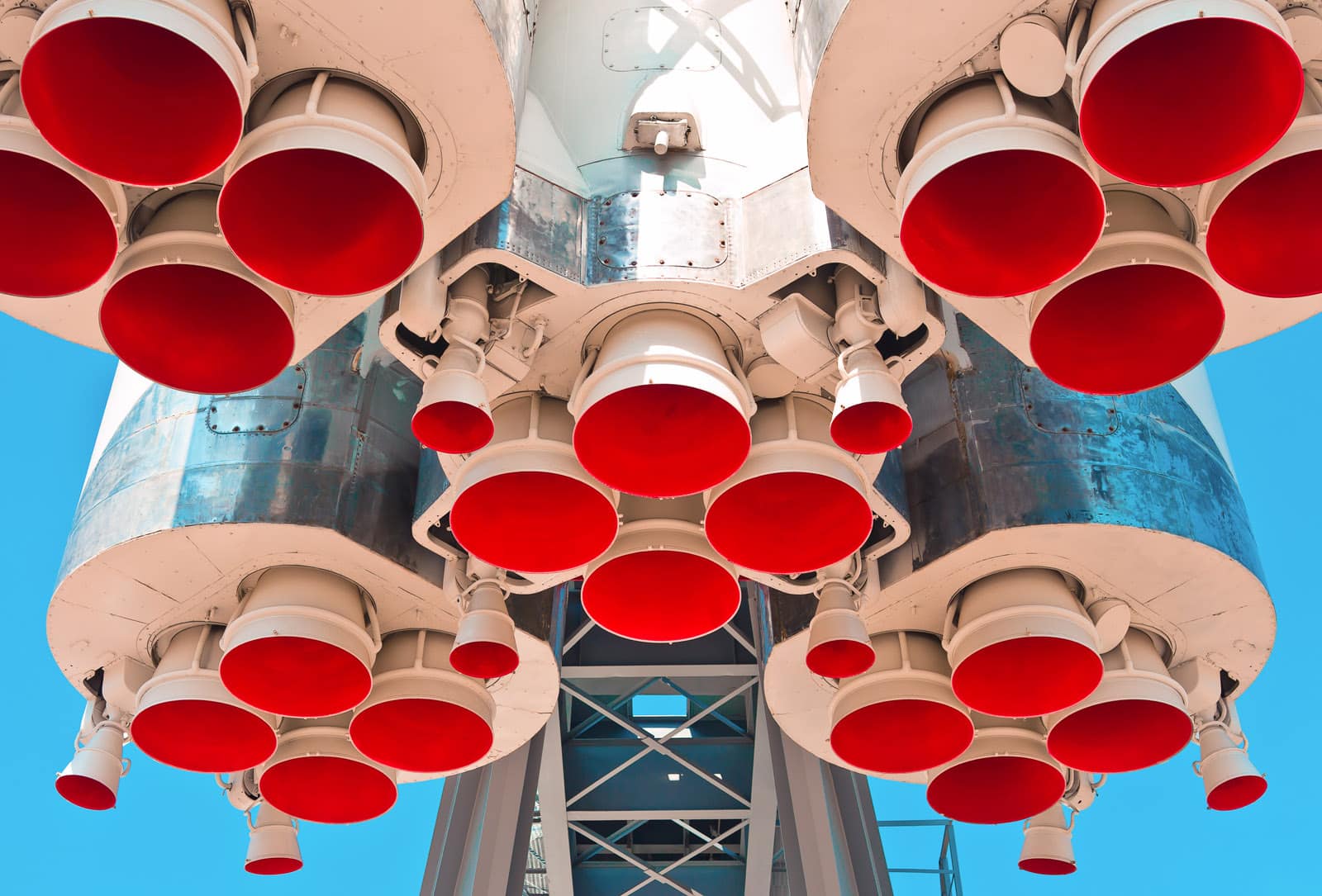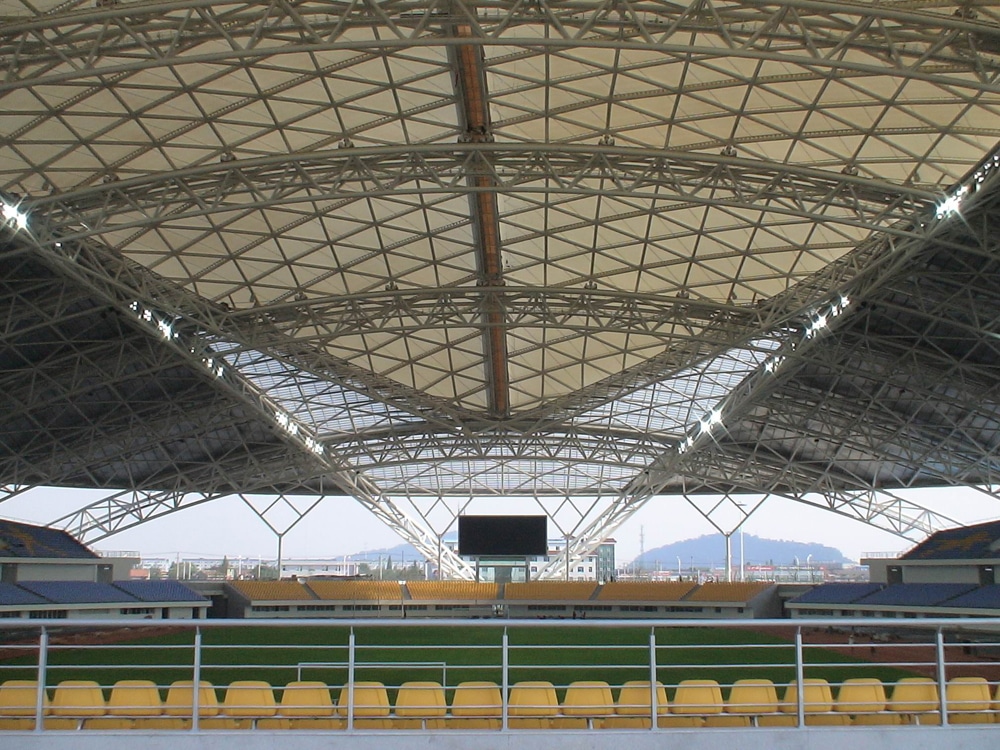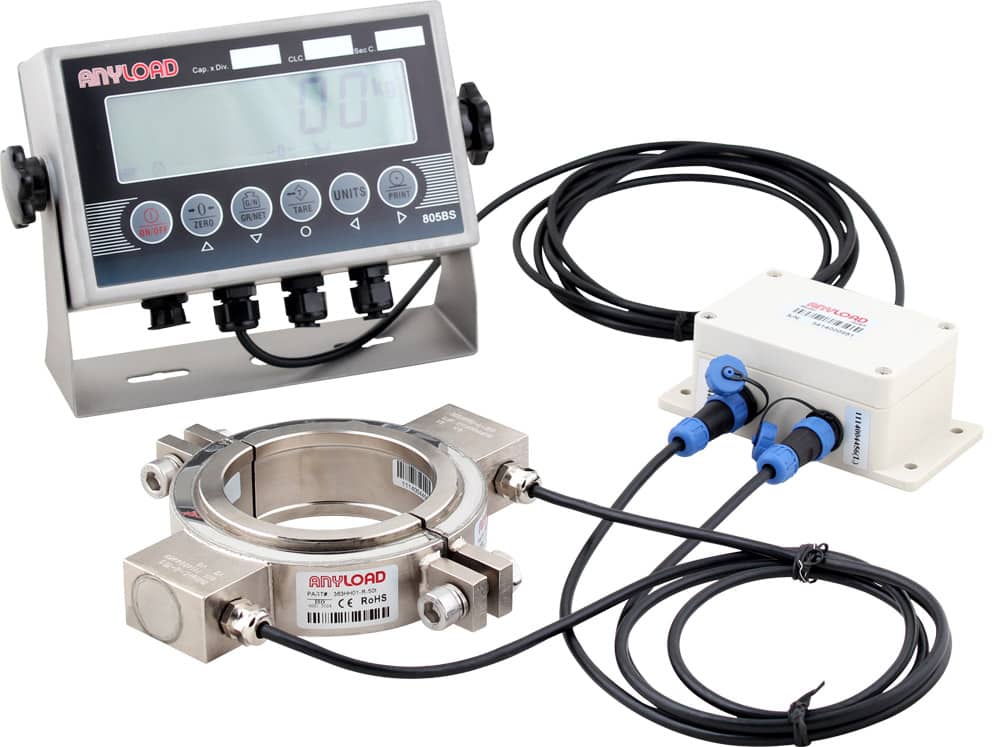[vc_column width="1/1" el_position="first last"] [rb_text_icon style="minimal" title="Rocket Launching Pad" icon="con-right-open" target="_self" width="1/1" el_position="first last"]

[/rb_text_icon] [/vc_column] [vc_column width="1/3" el_position="first"] [rb_section_title title="The Challenge" icon="con-none" border="true" margin="35" width="1/1" el_position="first last"] [vc_column_text width="1/1" el_position="first last"]
In 2007, we were approached to create a custom designed weighing system that would not only fit a rocket launching pad but also sustain the force and emissions of a launch. Due to the force of the rocket and the emissions produced, our challenge was to design an electronic weighing device that could not only survive the rocket's "ashes test" but that could also give an accurate reading.
[/vc_column_text] [/vc_column] [vc_column width="1/3"] [rb_section_title title="The Process" icon="con-none" border="true" margin="35" width="1/1" el_position="first last"] [vc_column_text width="1/1" el_position="first last"]
Our engineering team determined the possible factors in supplying load cells for a rocket launch: force, heat, steam, water, vibrations and shock. Considering the possible factors of failure, the goal was to protect the strain gage and electronic circuits inside the load cell, making sure the connectors and cables could withstand the rocket's force and emissions.
[/vc_column_text] [/vc_column] [vc_column width="1/3" el_position="last"] [rb_section_title title="The Results" icon="con-none" border="true" margin="35" width="1/1" el_position="first last"] [vc_column_text width="1/1" el_position="first last"]
After a 10 month period of design and testing, we successfully created load cells that were able to survive and contribute to a successful rocket launch.
[/vc_column_text] [/vc_column] [rb_divider top="20" bottom="20" width="1/1" el_position="first last"] [vc_column width="1/2" el_position="first"] [rb_text_icon style="minimal" title="China's First Retractable Stadium Roof" icon="con-right-open" target="_self" width="1/1" el_position="first last"]
[/rb_text_icon] [vc_column_text width="1/1" el_position="first last"]

[/vc_column_text] [/vc_column] [vc_column width="1/2" el_position="last"] [rb_blank_divider width="1/1" el_position="first last"] [rb_section_title title="The Project" icon="con-none" border="true" margin="35" width="1/1" el_position="first last"] [vc_column_text width="1/1" el_position="first last"]
In 2005, we were contracted by Enerpac to manufacture and supply 96 load pins for Nantong Stadium, China's first retractable stadium roof located in the Nantong, Jiangsu, China. Completed in 2010, Nantong Stadium is a multi-purpose stadium that holds 32,244 spectators and is known for being the world's first stadium in which the propulsion and stabilisation of the moveable parts take place hydraulically.
[/vc_column_text] [/vc_column] [vc_column width="1/2" el_position="first"] [rb_section_title title="Load Cell Features" icon="con-none" border="true" margin="35" width="1/1" el_position="first last"] [vc_column_text width="1/1" el_position="first last"]
• Materials: Stainless steel and alloy steel
• Capacities supplied: 10t and 150t
• Safe Overload: 150%
• Breaking Overload: 400%
[/vc_column_text] [/vc_column] [vc_column width="1/2" el_position="last"] [rb_section_title title="What We Provided" icon="con-none" border="true" margin="35" width="1/1" el_position="first last"] [rb_stats type="pie" item1_title="88 Stainless steel 10t load pins" item1_percent="88" item1_value="88" item2_title="8 Alloy steel 150t load pins" item2_percent="12" item2_value="12" width="1/1" el_position="first last"] [/vc_column] [vc_column width="1/1" el_position="first last"] [rb_divider top="20" bottom="20" width="1/1" el_position="first last"]
[rb_text_icon style="minimal" title="Split Type Donut Load Cell" icon="con-right-open" target="_self" width="1/1" el_position="first last"]
[/rb_text_icon] [vc_column_text width="1/1" el_position="first last"]

[/vc_column_text] [/vc_column] [vc_column width="1/4" el_position="first"] [rb_section_title title="Application" icon="con-none" border="true" margin="35" width="1/1" el_position="first last"] [vc_column_text width="1/1" el_position="first last"]
Designed to measure and monitor the tension force of an anchor that reinforces the stability of slopes for the prevention of landslides.
[/vc_column_text] [/vc_column] [vc_column width="1/4"] [rb_section_title title="Installation" icon="con-none" border="true" margin="35" width="1/1" el_position="first last"] [vc_column_text width="1/1" el_position="first last"]
Each load cell half was designed with an individual strain gage and individual cable. When installed, the cable from each of the load cell halves are connected with a junction box.
[/vc_column_text] [/vc_column] [vc_column width="1/4"] [rb_section_title title="Accuracy Results" icon="con-none" border="true" margin="35" width="1/1" el_position="first last"] [vc_column_text width="1/1" el_position="first last"]
The overall accuracy level achieved was 3% with a 0.5% difference in sensitivity when the load cell was rotated and used in different positions..
[/vc_column_text] [/vc_column] [vc_column width="1/4" el_position="last"] [rb_section_title title="Load Cell Features" icon="con-none" border="true" margin="35" width="1/1" el_position="first last"] [vc_column_text width="1/1" el_position="first last"]
• Material: Alloy steel
• Capacity: 50t
• Safe Overload: 150%
• Breaking Overload: 300%
[/vc_column_text] [/vc_column]
